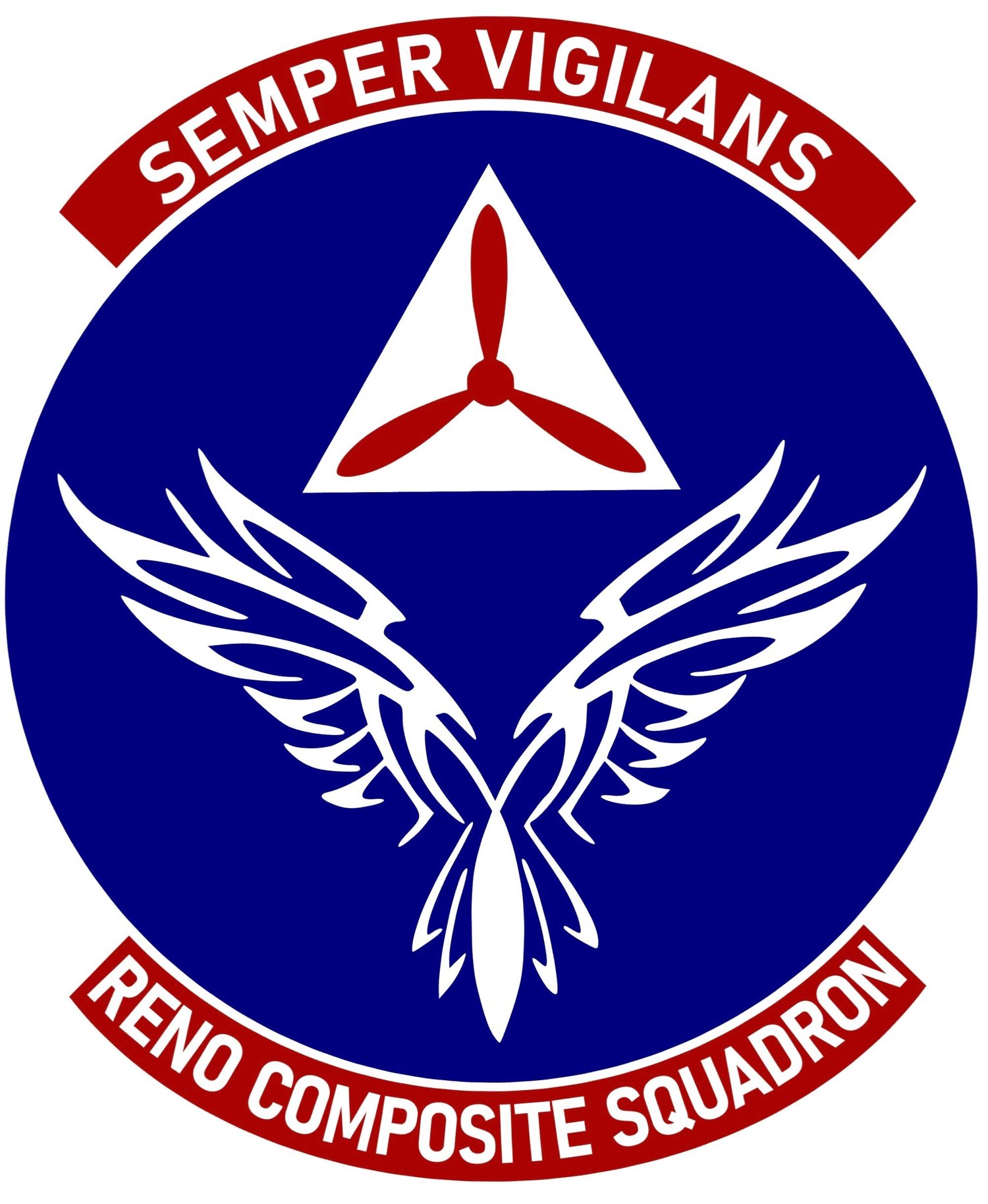History waits at the National Museum of the United States Air Force
History waits at the National Museum of the United States Air Force.
If walking through aeronautical time is one of your bucket list items the perfect place to fulfill those dreams is the National Museum of the United States Air Force. If you have the time and stamina to walk through the four cavernous hangers and its 1.1 million square ft. you will be transported to the early days of military aircraft development all the way to the far reaches of outer space. It is located in Dayton, Ohio at the back door to Wright Patterson Air Force Base and the Huffman Prairie where the hometown Wright Brothers worked on perfecting their early days of flight. The walking tour is filled with short movies, technology advancements in wing design and engines.
In the first section there are early wind tunnels for testing wing shapes and the first weapons developed for aircraft as well as the planes themselves: 1909 Wright Flyer, Curtiss JN-4D “Jenny”, SPAD VII, and a Sopwith Camel (reproduction). There are cutaway wings to show the intricate construction of the wooden frames. Just as important to showing the story’s hardware there are multiple informative stops about the inventors and pilots that dared to take these craft to the sky and the uniforms they wore. In all there are about 33 aircraft with many more displays in this area right up to the pre-world war II aircraft.
The World War II era has more than sixty aircraft greeting you as you emerge from the connecting causeway into Hanger 2. Hanging from the ceiling the “smaller” aircraft and drones are dwarfed by some of the bombers that wrote history like the B-17 Memphis Belle and the B-29 Bockscar that delivered the “bomb” to Nagasaki, Japan, and the B-26 that brought the war to Japan’s front door from the Doolittle Raiders. The leaps in technology from the beginning of the war until the end is amazing to see as it plays out in front of you as you walk through. Aircraft from allies and enemy alike are displayed as well. German entries from Messerschmitt and English aircraft like the Spitfire and Tiger Moth. Helicopters made their entrance to the military by Sikorsky. Fighters like the P40 “Flying Tigers” and the P51 and the P-38 share space with the ground pounders like the A-20 and the P-47 Thunderbolt. As you leave WWII behind you cross over to the next Hanger walking through the closing of Berlin, the making of the “Wall”, and the Berlin Airlift.
In the Korean War gallery we are brought into the jet age of military conflict. The fastest plane before the jets was the F-82 which was two P-51’s joined together. Russian MiG 15, 17, and 21 jets were matched with the F80 Shooting Star and the F86 Sabre. From the Korean war you see another leap in technology to the Vietnam war era. Propeller aircraft were still used as FAC’s (forward air controllers) and ground support like the A1 Skyraider. Helicopters had a big role in the war for delivering troops to the battle zones and used as rescue. Anti-aircraft suppression from the “Thuds” and “Phantom’s” chasing those MiG's from the skies. This brings us to Hanger 3.
The Cold War was all about the stalemate of nuclear powers and the chess game played to gain an advantage. The Consolidated B-36 was dubbed the Peacemaker for the threat it made with its long reach. With each gain in technology and hardware the other would come up with a counter punch of its own by being faster, more agile, or more deadly. The aircraft, missiles, and weapons displayed here show the power and range they had. The Russians countered with Mig’s 23, 25, and 29 to our F111, F4, F16, and B-52. You find the “spy” aircraft U-2 and the fastest of them all the SR-71 Blackbird. Super Sabre’s, Eagles, and Raven’s stories are told as you pass by each display. Civil Air Patrol is represented by a bright yellow J-3 Cub. These all culminate with a section of the Berlin Wall to let you reflect on the thirty years this Cold War has left the world.
Onward you push through to the last of the 4 hangers. You are in the space age now. The first thing you see as you walk past the missile room with its Titan II and Thor, Jupiter and the Minuteman is a full-scale mockup of the Space Shuttle. This was the trainer they used in Houston, Texas, for astronauts to practice procedures. Below are Mercury, Gemini, and the Apollo 15 command module that circled the moon and returned Scott, Irwin, and Wofford safely back to earth. The X15 experimental plane that became the 1st plane in space long before the shuttle is there along with “lifting bodies” that were tested for recovery methods of space vehicles. More experimental craft are along the path leading back to the Presidential Gallery where 8 aircraft used by presidents reside. The “Sacred Cow’ of Roosevelt, the Independence of Truman, Columbine for Eisenhower, and SAM 26000 that made the fateful trip back from Dallas with President Kennedy’s body.
If this is not enough for you there is a full IMAX theater at the entrance to the museum. This is just a taste of the over 360 aircraft inside. Volunteers are in each area to help you with questions along your journey. The museum is open every day 9-5pm except Thanksgiving, Christmas, and New Year's. If you can’t make it to the museum please look it up on line for a virtual tour of the displays. You will not be sorry for the time you invest in this adventure. You should look at the official web site: https://www.nationalmuseum.af.mil/
1st Lt. Mark Silver
Reno Composite Squadron
